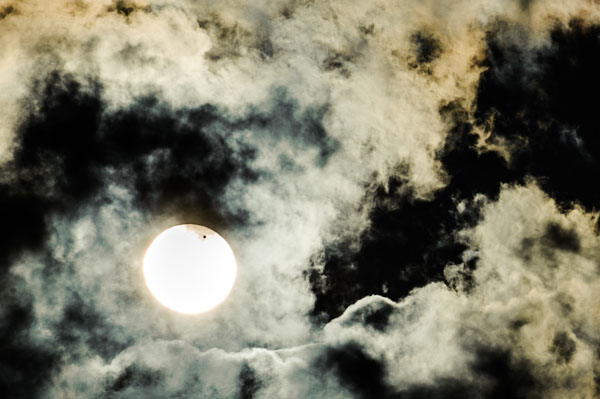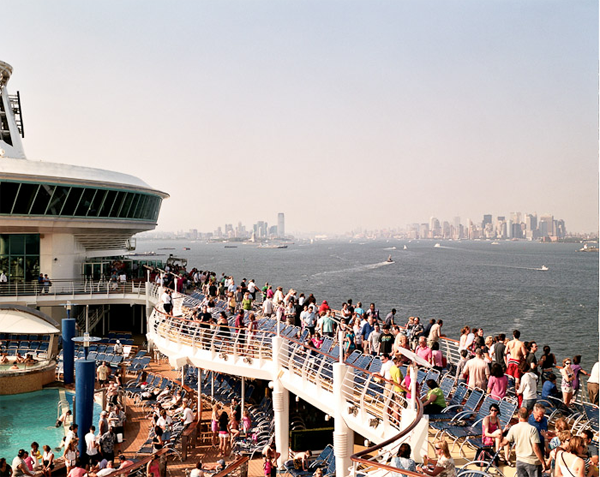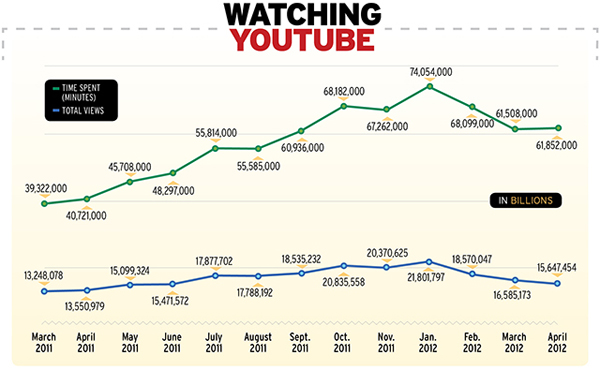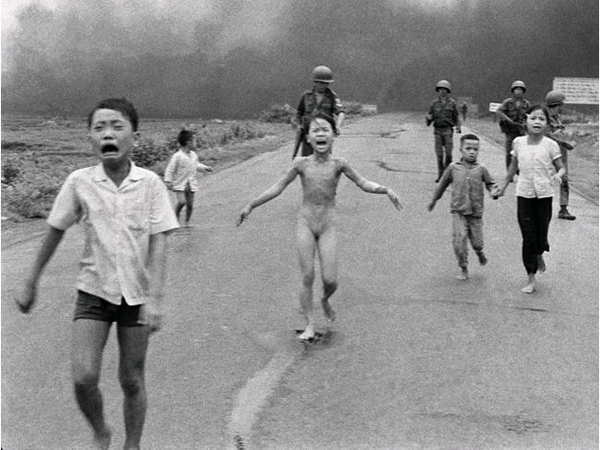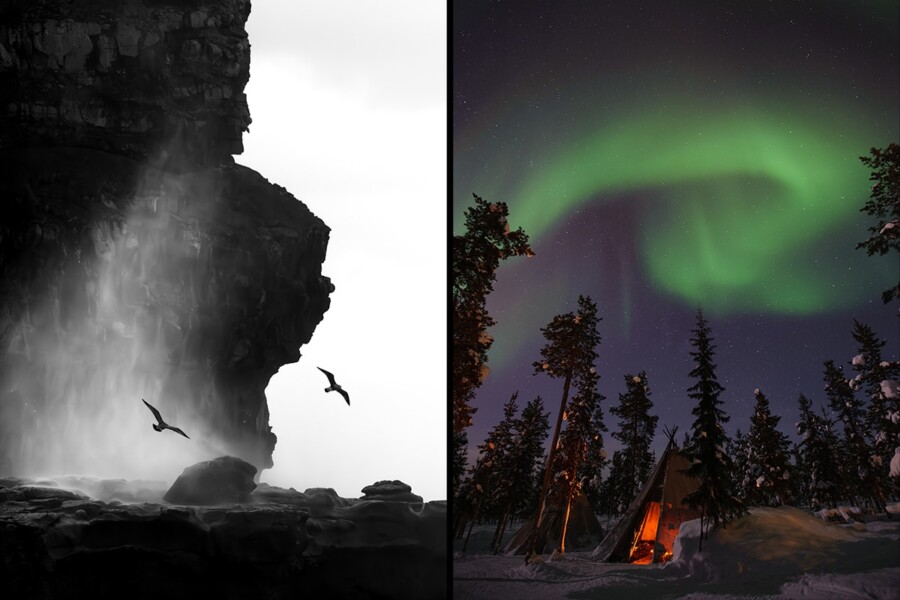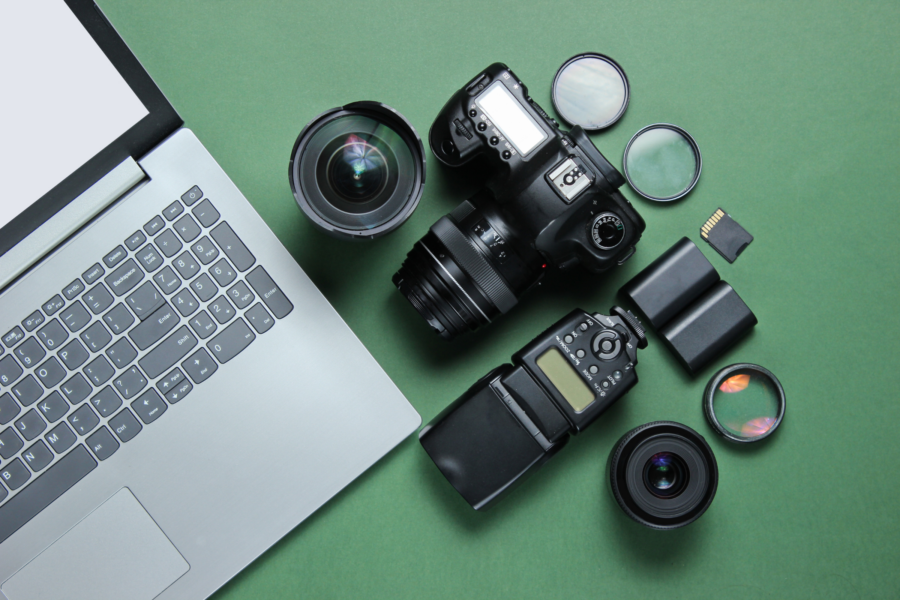Share
Friday Happy Hour: Capturing the Transit of Venus & More
If the missed seeing the transit of Venus on Tuesday (which takes place when Venus travels directly between the Sun and the Earth, and won’t happ...
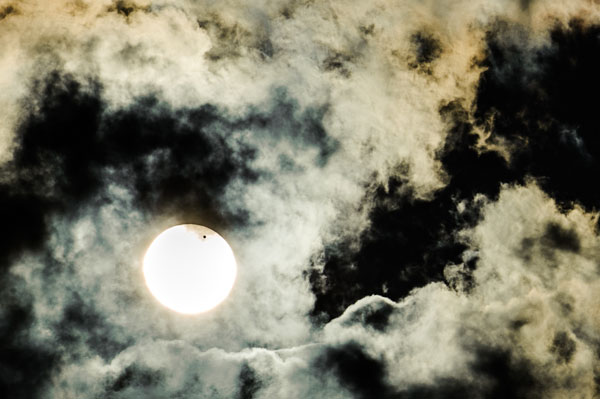
If the missed seeing the transit of Venus on Tuesday (which takes place when Venus travels directly between the Sun and the Earth, and won’t happen again for another 105 years), no worries – PhotoShelter member photographers have you covered. A quick search on photoshelter.com/search yielded nearly 250 results. Our handpicked favorite was by Adam Kissick, shown below. After that we focused on some other photography projects, as well as news from Vimeo and YouTube, National Geographic, and Joe McNally. Here’s your Friday Happy Hour.
Transit of Venus – Raleigh, North Carolina
PhotoShelter member Adam David Kissick caught the last trail of Venus in front of the sun on Tuesday. Photographers must use special filters designed for viewing or photographing the sun, as looking directly into the sun can result in serious eye injury (yikes!).
Check out all PhotoShelter members’ photos of the transit of Venus here. What’s your favorite? Link to it in the comments.
“Thank God That’s Over” by Emiliano Granado
We’ve been a fan of Emiliano Granado‘s work for some time, and featured his last project “Time For Print,” a project that ended up scoring him a gig with Men’s Health. Recently he shared one of his latest projects, “Thank God That’s Over,” which showcases the wacky, fun, and sometimes sad world of giant cruise liners. Below is a shot that we think captures the essence of cruising, but check out the full series for more.
Updates & trends from Vimeo, YouTube
Video sites Vimeo and YouTube both made headlines in the last few weeks: Vimeo for its new cloud-based Enhancer tool, and YouTube for its falling number of views.
Vimeo’s latest update features a cloud-based Enhancer tool that lets you make changes to your videos on-site – meaning that you don’t have to edit them on your computer and them re-upload. Enhancer tools include adding music, updating audio levels, and controlling the stand and end-point of a song. Don’t own the right music for your soundtrack? Choose from over 54,000 new soundtrack options for personal and commercials licenses. (via TechCrunch)
YouTube, on the other hand, is losing views – but on purpose. Since December 2011, views have dropped by 28% but “engagement” is on the rise (meaning the total time spent on-site). YouTube’s focus has shifted from bite-sized content to longer videos, which is a good move for advertisers who are becoming more concerned with user engagement than number of “clicks”. “Our goal is we want users to watch more and click less,” said Cristos Goodrow, YouTube’s director of engineering. In fact, YouTube has grown by 57% in the last year – so it seems to be working. (via AdAge)
Norman Borden’s “Thank You For Smoking”
PhotoShelter member Norman Borden‘s series “Thank You For Smoking” is opening in a new exhibition at the Soho Photo Gallery in New York City June 6-30, 2012. The series includes “fifteen color images of cigarette and cigar smokers from all walks of life – young, old, blue collar, white collar, no collar, and includes one cop, a fisherman, a couple of fashionistas, etc. This show is not about the perils of smoking but about the role a cigarette or cigar plays in a smokers life – how it helps define their persona and still gives many the chance to reflect and relax.” Check out sohophoto.com/exhibitions for more information.
“The napalm girl” 40 years later – by Joe McNally
This has to be one of the most touching stories: Joe McNally, who was commissioned by LIFE magazine some years ago to find and photograph subjects of Pulitzer Prize winning photos, shot Kim Phuc – the girl running from an airborne attack in this devastatingly iconic shot during the Vietnam War.
The photo was taken by AP photographer Nick Ut, and turned Kim into a propaganda tool for the anti-war movement. Joe had the privilege of meeting and photographing Kim a few years ago, who had recently given birth to her newborn son. Joe knew to treat the situation with care, since showcasing her scars from the napalm burn was significant.
“For me, doing this assignment reconfirmed so many things I’ve always believed about photography,” says Joe in his blog post “On a Road, 40 Years Ago“. “That photo made on that horrible day was made in less than a second. Yet a lifetime spun on its power. With so many photographs being taken everywhere, easily, and thoughtlessly, it’s easy to forget how powerful they can be, and occasionally are.”
Want to hear more stories from Joe McNally? Join us at Luminance, where Joe will be holding a workshop on “Lighting with Flash”. More information on the workshops and Luminance is available here: photoshelter.com/luminance
A message from National Geographic’s DOP on art filters: “Please stop.”
One of National Geographic‘s many cool magazine features is “Your Shot,” which appears in the front of the book of every issue and is curated from reader submissions. Given the proliferation of Instagram, Hipstamatic and the like, the Director of Photography decided to get a little blunt in his rules for submitting filtered photos: “If you use one of the myriad alteration ‘filters’ available in your digital photo software, please stop.”
Other forms of manipulation – dodging and burning, cropping, stitched panoramas, etc. – were deemed “OK” but it seems filters get the boot. Which is interesting, because Nat Geo just did a whole expedition where photographers Instagram-ed their way to the summit. To be fair, though, those images were for the Nat Geo blog and not the magazine. We interviewed Senior Photo Editor Elizabeth Krist in a live webinar this week where she said also agreed that manipulation is a no-no. Elizabeth had a lot of advice for photographers on what type of photography Nat Geo seeks, so be sure to tune into the full conversation below.
